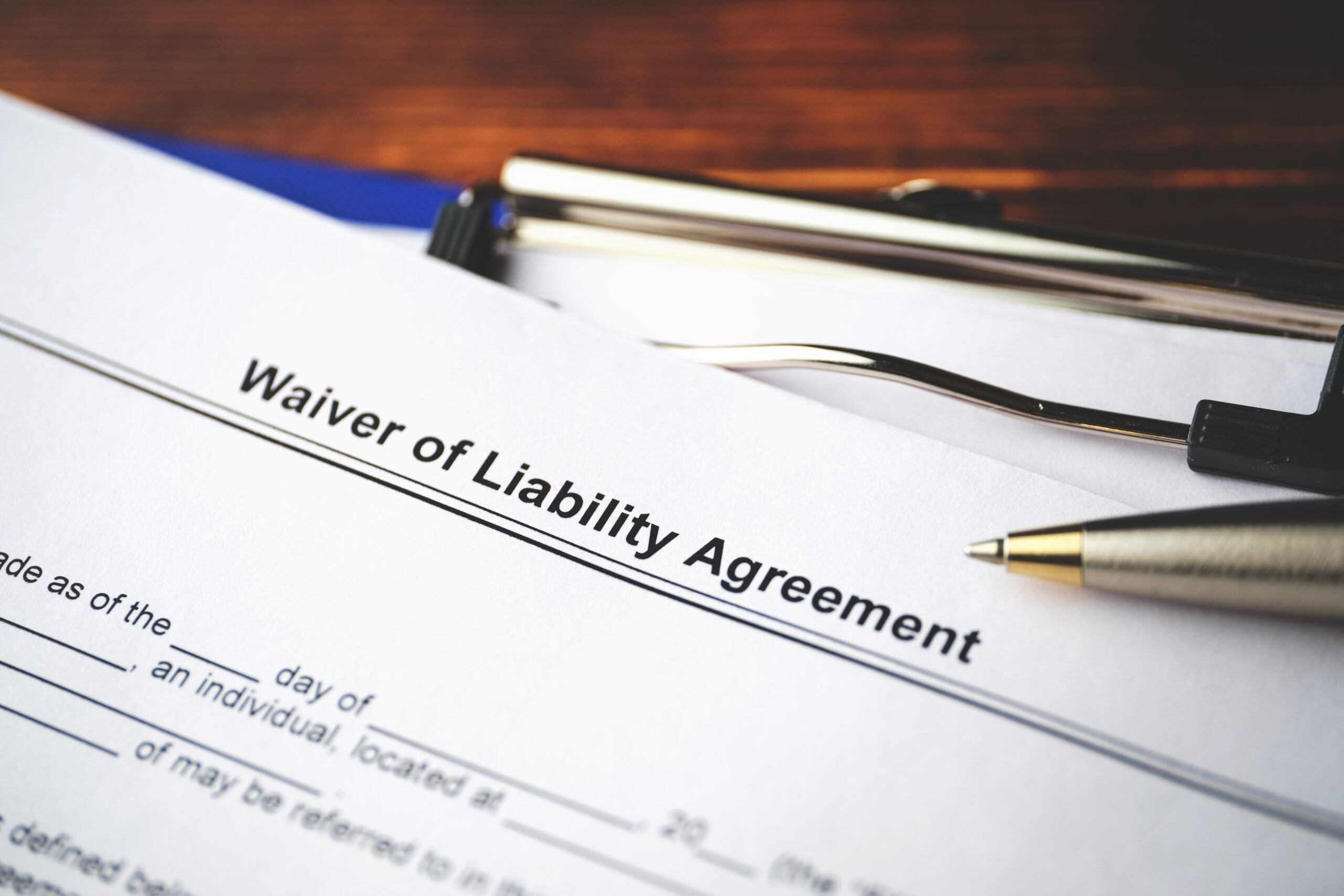How you must handle an insurance claim after getting injured in a car accident will depend on whether the state where the accident occurred uses a fault or no-fault insurance law. Your state’s fault law will determine who is financially responsible for your crash-related losses – either your auto insurance company or that of the other driver. Texas is not a no-fault accident state. It is a fault state.
What Does Being a Fault State Mean?
A fault state uses a car insurance system that centers on fault for the accident. Rather than each party involved seeking compensation from his or her own insurance company – as is the case in a no-fault state – all injured victims will seek compensation from the insurer of the negligent or at-fault party.
Every driver should have adequate insurance to pay for victims’ losses based on Texas’s liability laws. These laws make it mandatory for motor vehicle operators in Texas to purchase at least $30,000 per person and $60,000 per accident in bodily injury insurance, as well as $25,000 in vehicle damage liability insurance. Auto insurance protects both parties after a crash. It prevents both the at-fault driver and the victim from having to pay out of pocket for damages.
Living in a fault state such as Texas can have pros and cons. One of the pros is that, in general, a third-party liability claim will result in higher compensation than a first-party insurance claim. The main con of a fault-based state, however, is that before you can recover compensation for a car accident in Texas, you will need to identify the at-fault party and prove his or her fault.
How Should You Handle an Insurance Claim in Texas?
It is important to take the correct steps during your car accident insurance claim if you wish to recover fair compensation in Texas. The insurance company that receives your claim will look for any reason to deny benefits. It may not be easy to prove the other driver’s fault during the insurance process. You can improve your chances of a successful claim, however, by taking the right steps after your accident.
- Call the police. Call 911 after any car accident that causes personal injuries or property damages. An official police report could provide evidence of the other driver’s fault, such as speeding or drunk driving.
- Take photographs. The insurance company will ask for proof of your losses, such as photos of your vehicle’s damages. Taking photos can also help crash reconstructionists re-create how the accident happened.
- Go to the hospital. Failing to receive medical care is a red flag for an insurance company. The insurer will want to see that you obtained immediate medical care for any injuries.
- File your claim as soon as possible. Do not delay in notifying the other driver’s insurance company about the car accident. Most insurers require initial report submissions within 24 to 72 hours of the crash.
Before an insurance company will give you benefits in a fault state, you will have to establish its policyholder’s fault for your collision. Photographs, video footage, police reports, medical records, injury documentation and eyewitness testimony could all help you prove your car accident case in Texas. You may also need a lawyer’s assistance with your insurance claim depending on the circumstances.
Do You Need to Hire a Car Accident Attorney in Texas?
Texas’s fault accident law could mean collecting more money in damages from the driver at fault for your car accident and injuries. It also means you will need to prove fault. You may have to combat defenses such as comparative negligence allegations as well. If found more than 50% responsible for causing the crash, Texas law will bar you from any financial recovery. Hire a car accident attorney for professional assistance with your insurance claim in Texas. A lawyer can help you navigate Texas’s fault law, prove the other driver’s negligence and negotiate for maximum compensation on your behalf.




